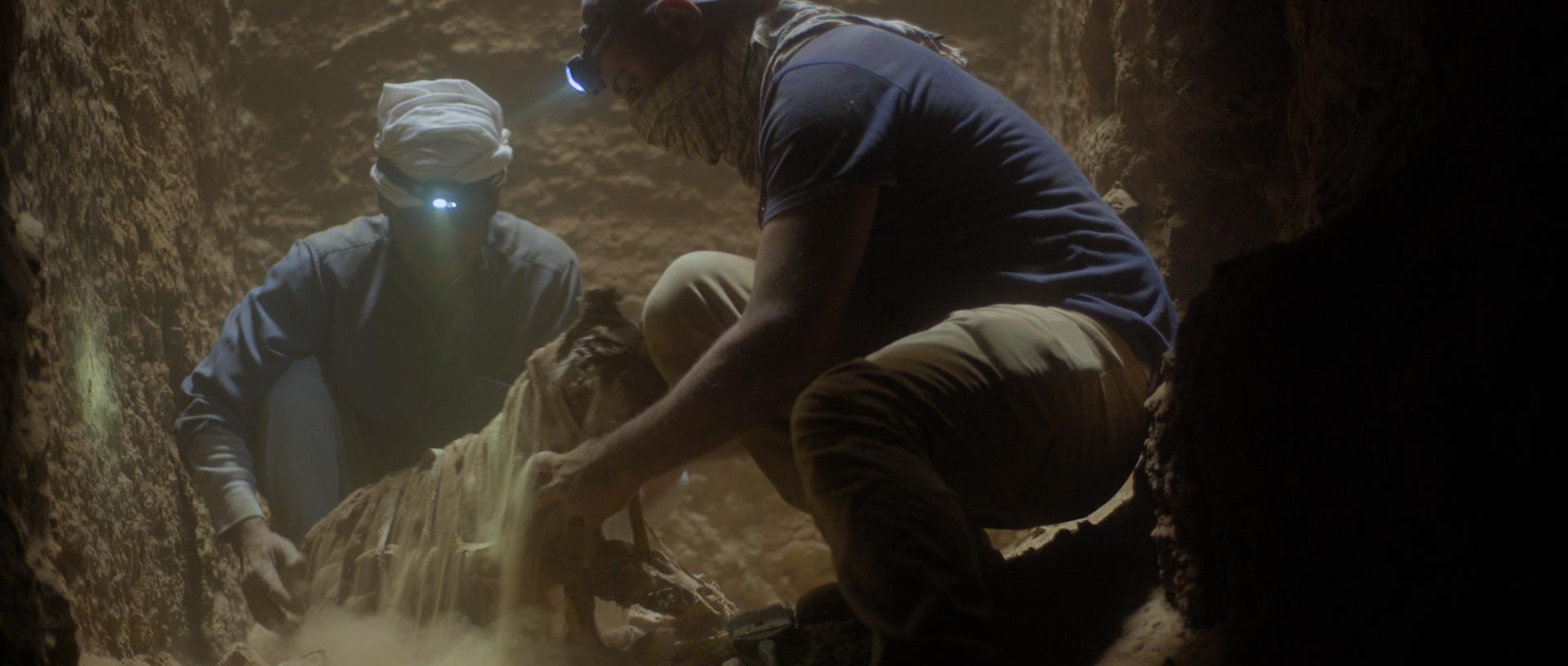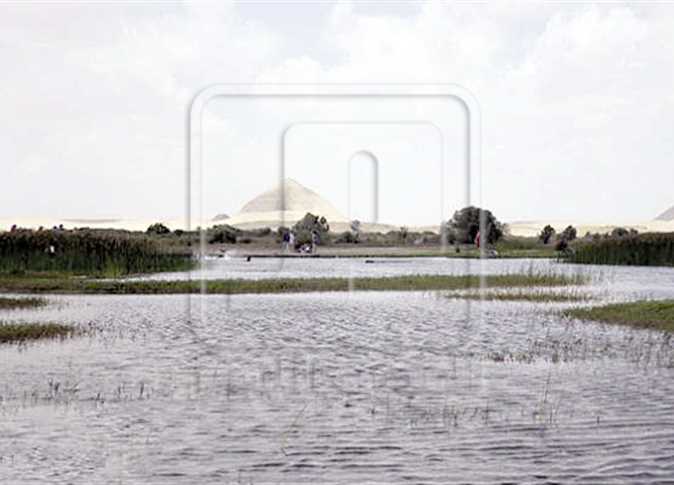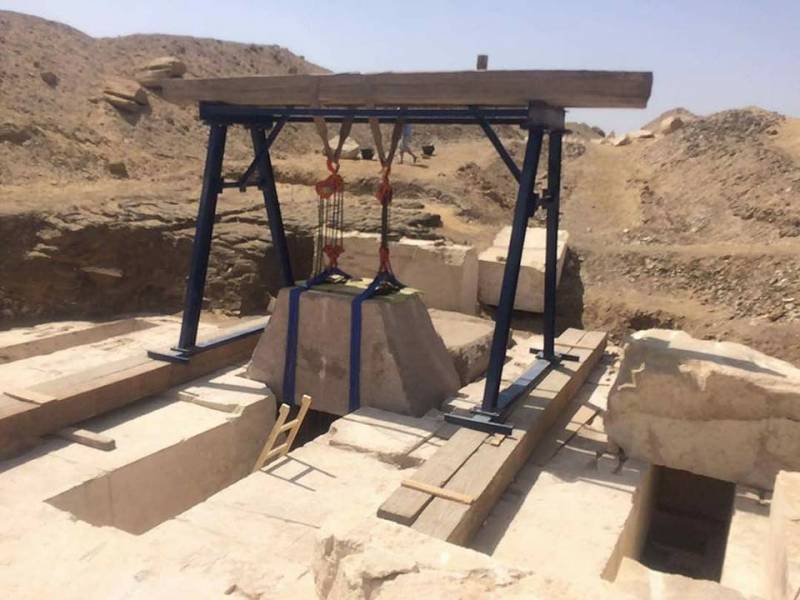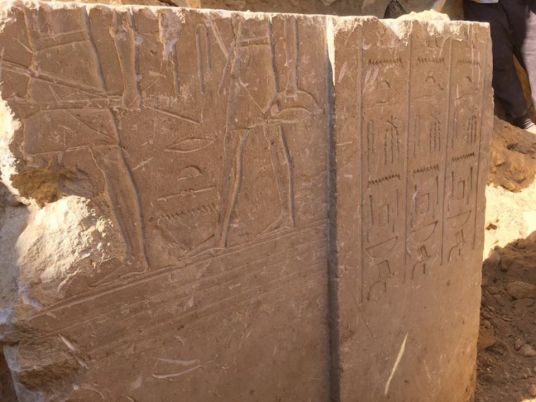An Egyptian independent archaeologist has warned on Friday that Antinoupolis, one of the country’s largest archaeological sites located in Minya, is being “destroyed systematically” by residents amid a complete failure from the government to protect the site.
Monica Hanna, a researcher with the University of Humboldt in Berlin, told Egypt Independent that she received information from archaeologists who work at the site of the ancient Roman Antinoupolis, also known as Sheikh Abada, saying the site faces grave danger.
Hanna said that some of the damages occurred to the site, saying that the area near the Ramses II temple has been bulldozed and leveled. She added that the northwestern corner of the walled city has been bulldozed and for agricultural use.
The case of Antinoupolis was brought to light last December when some media outlets reported that the site was witnessing fierce excavation and demolition campaigns in an attempt to reclaim the land for agricultural use.
Some residents reportedly demolished a large area of archaeological ruins and cemeteries made of mud in the Roman cemetery and prepared the area for planting after looting the site.
Hanna, however, told Egypt Independent in a phone call that the situation is getting worse, similar to what has happened to the archaeological site of Dahshur. In January, residents began digging a cemetery on a piece of land in the vicinity of the Temple Valley in Dahshur, an area that has been a UNESCO world heritage site since 1994.
"There is a systematic construction of cemeteries on archaeological sites and the scenario is repeated everywhere," she said, adding that neither the state nor the police are protecting such areas.
She also said that the construction of cemeteries is often a cover to dig up antiquities.
"We are losing the archaeological sites forever. If a home is built, the state can later remove it and retrieve the land. But once the dead are buried, it is impossible to do so," explained Hanna.
Hanna launched a hash tag #Save_antinoupolis in order to shed light on the crisis facing the important archaeological site.
Moreover, she said that Ministry of Antiquities has been unable to confront the destruction of Antinoupolis, which includes archeological finds dating from the pre-dynastic period, the Middle and Modern Kingdoms, and the Ptolemaic period.
The site became famous during the Roman era after Emperor Hadrian established a huge Roman-style city named Antonio Polis, filling it with theaters, temples, schools and other historical buildings. Many of the buildings were still standing during the French invasion of Egypt in the late 18th century, and scholars later wrote about it in the book “Description de l'Égypte.”
The city flourished after the age of Hadrian until the Antinoë region became one of the largest regions of Egypt and included most of Upper Egypt, starting from the South of Fayoum until Sohag, with Antinoupolis as its capital, which is now called Sheikh Abada.
The importance of the region continued during the Byzantine era. By the spread of Christianity, the city became home to a large diocese. It also remained important during the Islamic eras, as its name became Ansena.
Last year, archaeologists at the site announced that they had located a Roman cemetery dating at least as early as the mid-second to mid-third century CE.
Attacks against Egypt's historical sites began during the 18-day uprising against former President Hosni Mubarak, when some managed to get into the Egyptian museum in Tahrir Square. Later, with the security vacuum around the country, many more archaeological sites were looted or vandalized.




